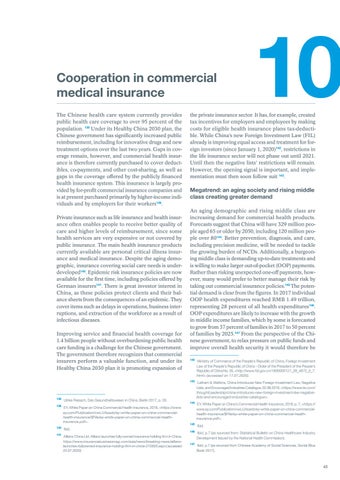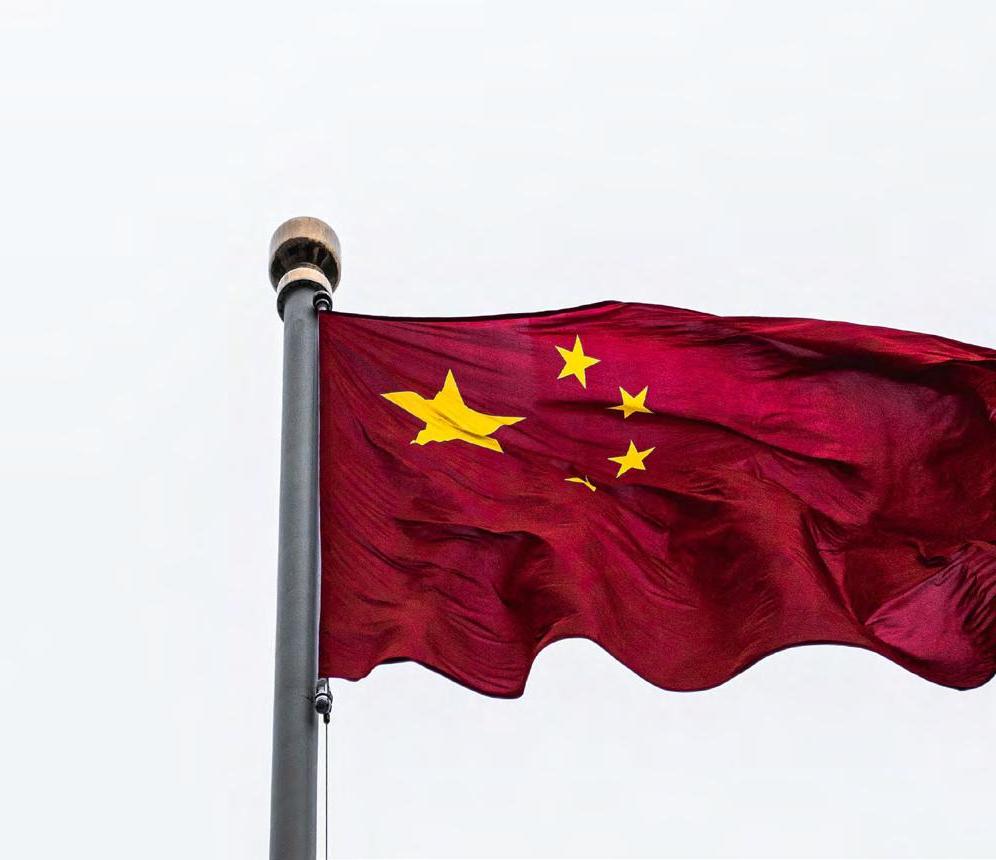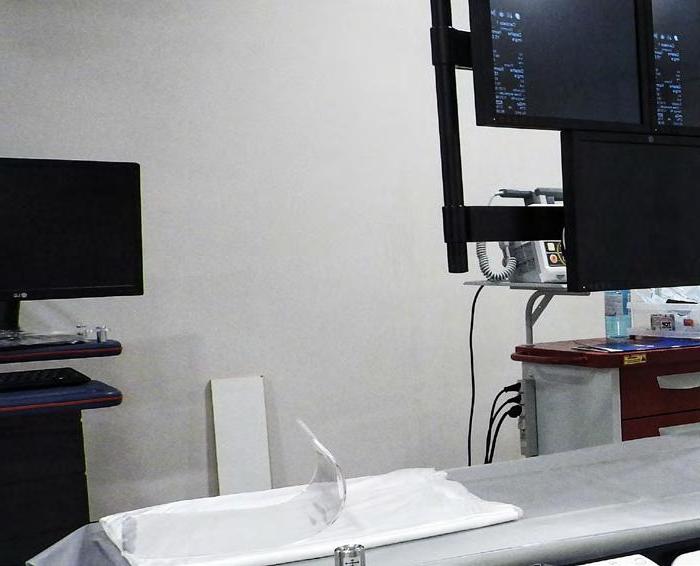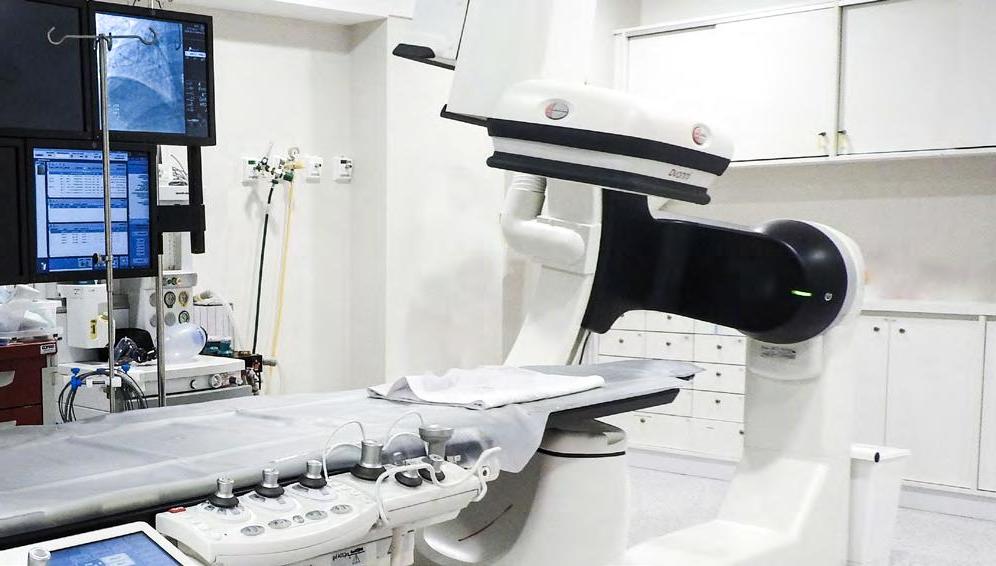Cooperation in commercial medical insurance The Chinese health care system currently provides public health care coverage to over 95 percent of the population. 138 Under its Healthy China 2030 plan, the Chinese government has significantly increased public reimbursement, including for innovative drugs and new treatment options over the last two years. Gaps in coverage remain, however, and commercial health insurance is therefore currently purchased to cover deductibles, co-payments, and other cost-sharing, as well as gaps in the coverage offered by the publicly financed health insurance system. This insurance is largely provided by for-profit commercial insurance companies and is at present purchased primarily by higher-income individuals and by employers for their workers139. Private insurance such as life insurance and health insurance often enables people to receive better quality of care and higher levels of reimbursement, since some health services are very expensive or not covered by public insurance. The main health insurance products currently available are personal critical illness insurance and medical insurance. Despite the aging demographic, insurance covering social care needs is underdeveloped140. Epidemic risk insurance policies are now available for the first time, including policies offered by German insurers141. There is great investor interest in China, as these policies protect clients and their balance sheets from the consequences of an epidemic. They cover items such as delays in operations, business interruptions, and extraction of the workforce as a result of infectious diseases. Improving service and financial health coverage for 1.4 billion people without overburdening public health care funding is a challenge for the Chinese government. The government therefore recognizes that commercial insurers perform a valuable function, and under its Healthy China 2030 plan it is promoting expansion of
138
Ulrike Reisach, Das Gesundheitswesen in China, Berlin 2017, p. 20.
139
EY, White Paper on China Commercial Health Insurance, 2018, <https://www. ey.com/Publication/vwLUAssets/ey-white-paper-on-china-commercialhealth-insurance/$File/ey-white-paper-on-china-commercial-healthinsurance.pdf>.
140
Ibid.
141
Allianz China Ltd. Allianz launches fully-owned insurance holding firm in China, https://www.insurancebusinessmag.com/asia/news/breaking-news/allianzlaunches-fullyowned-insurance-holding-firm-in-china-210603.aspx ( accessed 22.07.2020)
10
the private insurance sector. It has, for example, created tax incentives for employers and employees by making costs for eligible health insurance plans tax-deductible. While Chinaâ&#x20AC;&#x2122;s new Foreign Investment Law (FIL) already is improving equal access and treatment for foreign investors (since January 1, 2020)142, restrictions in the life insurance sector will not phase out until 2021. Until then the negative listsâ&#x20AC;&#x2122; restrictions will remain. However, the opening signal is important, and implementation must then soon follow suit 143.
Megatrend: an aging society and rising middle class creating greater demand An aging demographic and rising middle class are increasing demand for commercial health products. Forecasts suggest that China will have 329 million people aged 65 or older by 2050, including 120 million people over 80144. Better prevention, diagnosis, and care, including precision medicine, will be needed to tackle the growing burden of NCDs. Additionally, a burgeoning middle class is demanding up-to-date treatments and is willing to make larger out-of-pocket (OOP) payments. Rather than risking unexpected one-off payments, however, many would prefer to better manage their risk by taking out commercial insurance policies.145 The potential demand is clear from the figures. In 2017 individual OOP health expenditures reached RMB 1.49 trillion, representing 28 percent of all health expenditures146. OOP expenditures are likely to increase with the growth in middle income families, which by some is forecasted to grow from 37 percent of families in 2017 to 50 percent of families by 2025.147 From the perspective of the Chinese government, to relax pressure on public funds and improve overall health security it would therefore be 142
Ministry of Commerce of the People's Republic of China, Foreign Investment Law of the People's Republic of China - Order of the President of the People's Republic of China No. 26, <http://www.fdi.gov.cn/1800000121_39_4872_0_7. html> (accessed on 17.07.2020).
143
Latham & Watkins, China Introduces New Foreign Investment Law, Negative Lists, and Encouraged Industries Catalogue, 02.08.2019, <https://www.lw.com/ thoughtLeadership/china-introduces-new-foreign-investment-law-negativelists-and-encouraged-industries-catalogue>.
144
EY, White Paper on China´s Commercial Health Insurance, 2018, p. 7, <https:// www.ey.com/Publication/vwLUAssets/ey-white-paper-on-china-commercialhealth-insurance/$File/ey-white-paper-on-china-commercial-healthinsurance.pdf>.
145
Ibid.
146
Ibid, p.7 (as sourced from: Statistical Bulletin on China Healthcare Industry Development Issued by the National Health Commission).
147
Ibid, p.7 (as sourced from Chinese Academy of Social Sciences, Social Blue Book 2017).
45











